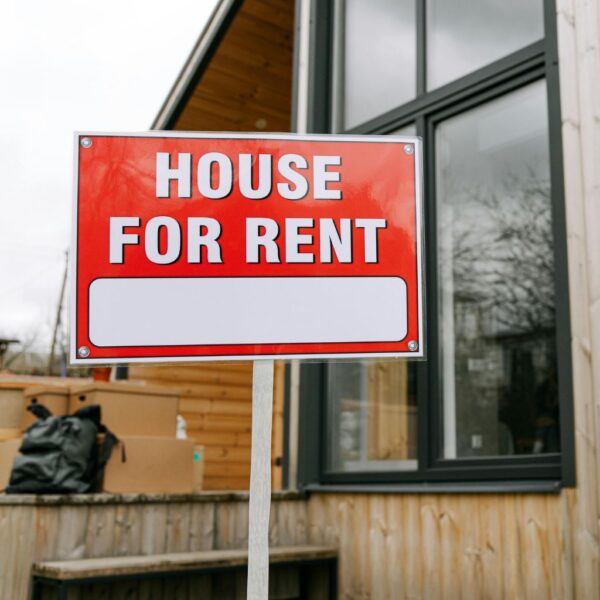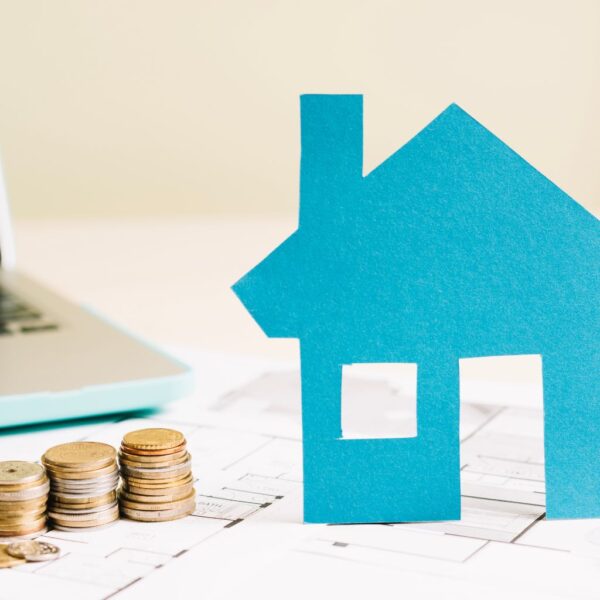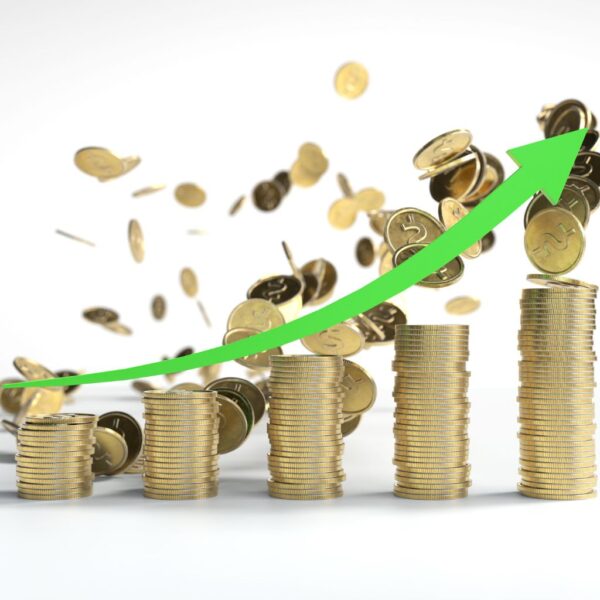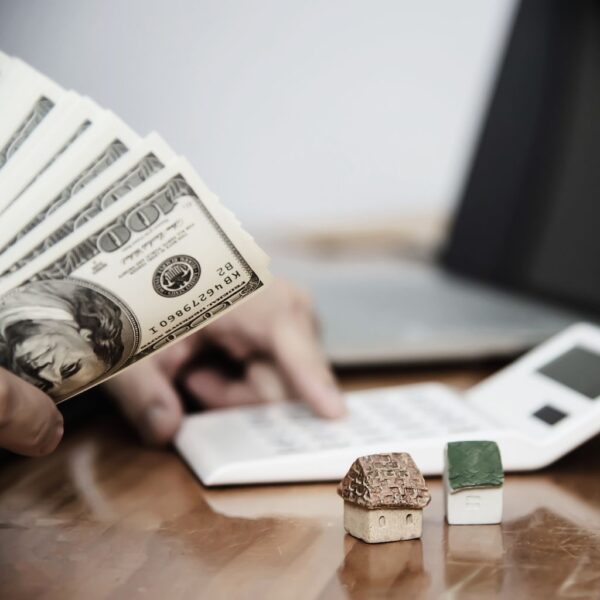6 Key Financial Metrics for Real Estate Investors
May 17, 2024
Real estate investment is an easy yet complex field that requires deep understanding of various key metrics to make informed decisions. Whether you’re a seasoned investor or exploring opportunities in the property market, understanding key performance indicators is crucial for making informed decisions and maximizing returns.
In this blog, we delve into some financial metrics that real estate investors should master—occupancy rate, vacancy rate, payback period, rental yield, cash flow, and return on investment (ROI).
These metrics provide critical insights into property performance, rental income potential, and overall profitability. By mastering these metrics, investors can optimize cash flow, mitigate risks, and prioritize investments to build a successful real estate portfolio. Join us as we explore the importance of these metrics, and its calculation methods in real-world investment scenarios.
1. Occupancy Rate

Study.com defines occupancy rate as a measure or ratio that shows how much of a space or property is being used or rented. Occupancy rate quantifies how much of a facility is currently occupied or utilized. It is often expressed as a percentage. The occupancy rate is a crucial metric used in various industries to measure the utilization of space. It can be applied to properties such as apartment complexes, hotels, office buildings, rental property, etc. Other examples of industries where occupancy rate matters include hospitals and healthcare facilities.
The occupancy rate is a key performance indicator. It tells us what proportion of rooms are generating revenue.
The vacancy rate is the inverse of the occupancy rate. When the occupancy rate increases, the vacancy rate decreases, and vice versa. Effective property management aims to maximize occupancy rate while minimizing vacancy rate. Understanding occupancy rate helps property owners and investors optimize cash flow and mitigate risk.
To determine the occupancy rate of a property, it is calculated by dividing the number of units occupied by the total number of units available.
That is; Occupancy Rate (%) = (Number of Occupied Units) / (Total Number of Available Units) multiplied by 100.
For example, if there are 24 apartments in a block and 20 are being rented or occupied, the occupancy rate would be 83%.
Occupancy rate is a critical metric for investors because it can provide insight into how well-utilized or well-liked a place or property is. In addition to that, occupancy rates also influence the pricing strategies and marketing initiatives of property managers and owners.
2. Vacancy Rate

The vacancy rate represents the percentage of all available units in a rental property (such as an apartment complex, hotel, or office building) that are currently unoccupied or vacant at a specific point in time. It is the inverse or opposite of the occupancy rate. High vacancy rates suggest that a property is not renting well, while low vacancy rates indicate strong rental demand. Aggregate vacancy rate is used as an economic indicator for real estate markets.
The formula: Vacancy Rate (%) = (Number of Vacant Units) / (Total Number of Units)
For example, if an apartment building has 300 units, and 30 of them are unoccupied, the vacancy rate would be:
Vacancy Rate = (30 / 300) × 100% = 10%
Vacancy rates are crucial for property owners as they provide insights into how their buildings perform compared to the area’s average vacancy rate. Units that can be considered vacant include units ready for rent, inoperative units following tenant vacancy and units that need repairs and renovations.
Low vacancy rates is a positive sign that people want to live in a particular building or area.
3. Payback Period

Wall Street Pep defines payback period as a financial metric that measures the period an investment generates enough cash flows to recover its initial cost. It is basically considered as the breakeven point for an investment.
In real estate investing, the payback period refers to the duration it takes for a property investor to recover or recoup their initial investment in a property through its cash flows. Essentially, it’s the time it takes for the cumulative cash flows from the property to equal the initial investment. The payback period is a useful metric for investors to assess the time it will take to recover their initial investment and start realizing a positive return.
According to Investopedia, the shorter the payback, the more desirable the investment. Conversely, the longer the payback, the less desirable it becomes.
This is a formula for calculating the payback period:
Payback Period= Cost of Investment / Average Annual Cash Flow
Here’s a hypothetical example to show how the payback period works.
Assume Benjamin invests $2 million in a building project that is expected to generate an average cash flow of $500,000 each year. If we divide $2 million by $500,000, we arrive at a payback period of four years for this investment.
Real estate investors often have multiple investment opportunities to consider. By comparing the payback periods of different properties, investors can prioritize investments based on how quickly they expect to recover their initial capital. A shorter payback period indicates a quicker return of capital, which may be preferable for investors seeking to mitigate risk.
4. Rental Yield

As a key metric in investment properties, rental yield informs and influences investor’s decisions towards lucrative opportunities. Rental yield paints a clear picture of the property’s income-generating capacity, allowing investors to gauge its profitability relative to the initial investment. It is expressed as a percentage of the property’s value.
Rental yield is computed by dividing the property’s annual rental income by its purchase price or current market value, then multiplying by 100 to express the result as a percentage.
Mathematically, Rental Yield = (Annual Rental Income / Property Value)×100%
Some of the ways you can maximize rental yield include:
- Opting for properties situated in high-demand rental markets. Factors such as proximity to amenities, transportation hubs, educational institutions, and employment centers play a pivotal role in attracting tenants and commanding higher rental rates.
- Additionally, investing in property improvements and regular maintenance not only enhances the property’s desirability but also enables landlords to justify higher rental prices. Renovations that boost energy efficiency and modernize amenities can translate into higher rental yields over time.
- Fostering positive tenant relationships and minimizing vacancy periods, landlords can optimize rental income and mitigate potential income disruptions.
5. Cash Flow

The movement of funds or money in and out of a property is referred to as cash flow in real estate investment. In discussing real estate cashflow, we consider both income generated by the property and the expenses associated with it. Cash flow is like the lifeblood of real estate investment. Let’s break it down;
Positive cash flow: With positive cash flow, this is when the income from the property exceeds expenses. Rationale property investors would prefer positive cash flow because it means they are generating more revenue on the property. Positive cash flow also makes it easier to maintain the property since there’s a surplus of cash available for maintenance, repairs, and upkeep.
Negative cash flow: On the other hand, negative cash flow occurs when expenses exceed income. If a property is unoccupied for long periods or if rental income is insufficient to pay maintenance expenses, property investors will experience negative cash flow.
Rent is typically the primary source of income for residential rental properties. Understanding cash flow is crucial for maximizing profits as a real estate investor.
6. Return On Investment (ROI)

Return on Investment (ROI) in real estate is a crucial metric that measures the profitability of your investment. It quantifies how much money you’ve made (or could make if you were to sell) on a real estate investment as a percentage of its total cost.
With reference to the positive cash flow notion, A wider profit margin translates to a better return on investment.
According to investnext.com, real estate ROI depends on several factors such as location, property type, and individual investment goals meaning ROI isn’t the sole factor in real estate investment decisions. Considering ROI as an investment metric helps investors to build a successful real estate portfolio.
Conclusion
Based on the discussion of some of the key metrics in real estate investment—occupancy rate, vacancy rate, payback period, rental yield, cash flow, and return on investment—it’s evident that these metrics are fundamental tools for property investors. Each metric provides specific insights into different aspects of investment performance.
A high occupancy rate is desirable for generating consistent rental income and maximizing cash flow, while a low vacancy rate indicates strong demand and attractiveness of the property.
The payback period is essential for assessing the time it takes to recoup the initial investment through property cash flows. Rental yield is a critical metric that helps investors evaluate the income-generating potential of a property relative to its cost.
Cash flow is the lifeblood of real estate investment which is crucial for sustaining and growing a real estate portfolio. A higher ROI is generally desirable, but factors like location, property type, and investor goals influence ROI expectations.
In conclusion, each metric plays a unique role in assessing investment viability and mastering these metrics empowers property investors to make informed decisions.